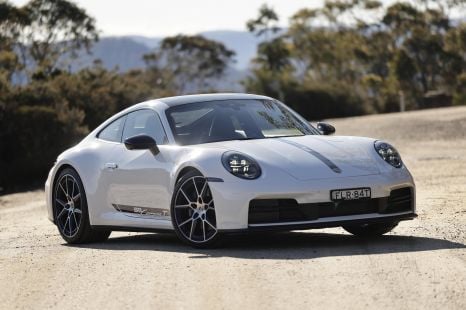

Matt Campbell
2025 Porsche 911 Carrera T review
5 Days Ago
Mercedes-Benz is finding form with its latest range of dedicated EV products. The new EQS SUV is the first crossover on this platform, and it's bloody good.
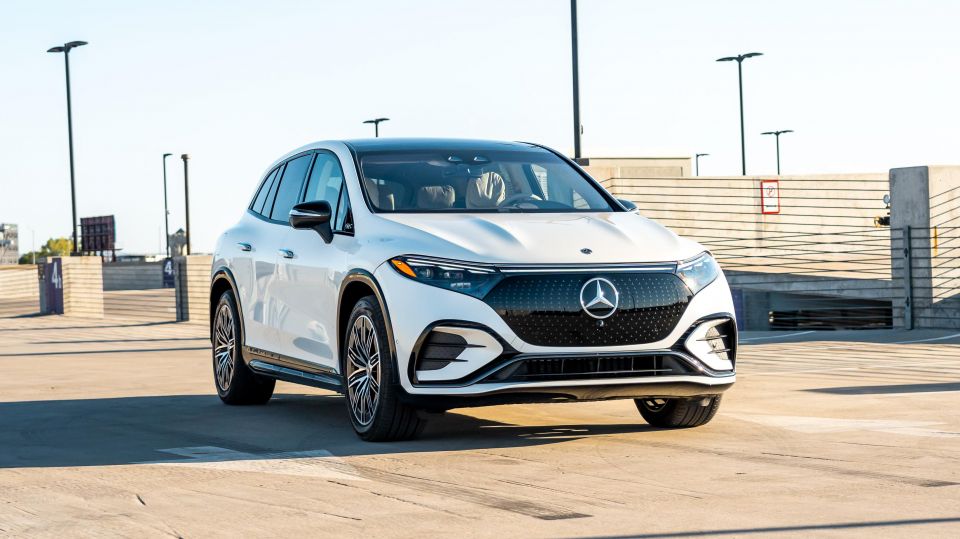
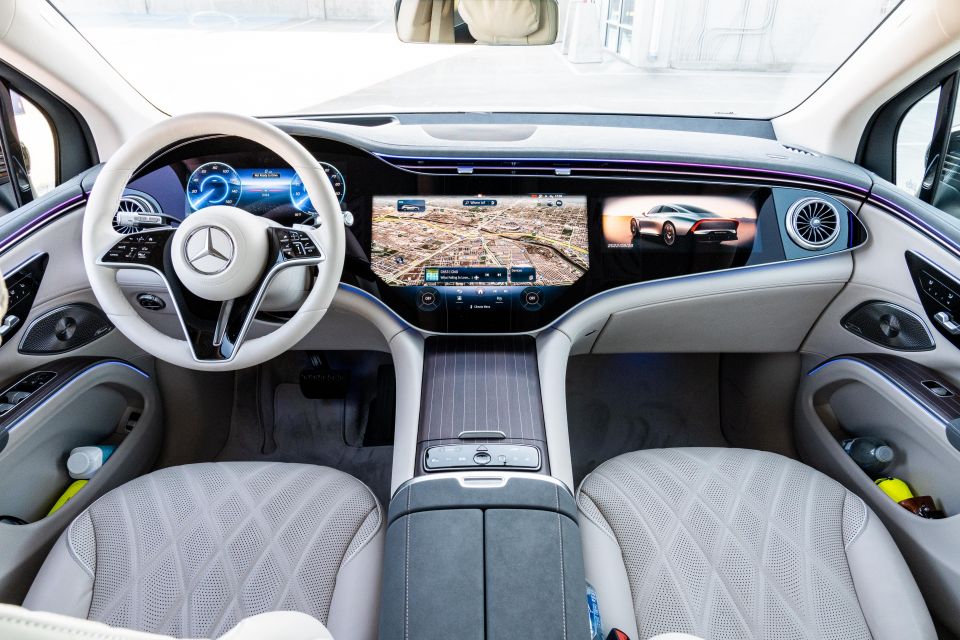

Founder

Founder


Founder

Founder
Where expert car reviews meet expert car buying – CarExpert gives you trusted advice, personalised service and real savings on your next new car.
The EV space is hotting up with German car brands finally rolling out new electric vehicles on dedicated EV architectures.
The latest is Mercedes-Benz, launching its first SUV on a dedicated EV platform, the EQS SUV.
It aims to deliver big driving range, big luxury and that Mercedes-Benz feel. It also signals the arrival of smaller versions of the SUV, the EQE SUV, including some AMG-fettled models in the future.
The EQS and EQS SUV are built in the Mercedes-Benz Tuscalusa plant in Alabama, with the US also being the manufacturing country of Mercedes-Benz’s proprietary battery cells.
We had the chance to spend a couple of days comprehensively testing the new Mercedes-Benz EQS SUV to find out if it’s any good.
Pricing is yet to be confirmed for the Australian market, but the EQS SUV is likely to be a premium proposition.
The only EQS sedan variant currently on sale locally – the Mercedes-AMG EQS 53 – costs $328,400 plus on-road costs.

The transformation from EQS sedan to SUV is most evident inside the cabin. There is so much room in the first and second rows that it’s hard to imagine the EQS sedan is actually longer than the EQS SUV.
The proportions of the EQS SUV allow much more passenger space inside the cabin with masses of headroom and legroom in both seating rows.
A lot of this is thanks to the packaging benefits of an electric vehicle. There’s a flat floor courtesy of no driveline tunnel and in comparison to something like a GLS or GLE, there’s more toe and knee room – courtesy of the long wheelbase.
This was my first experience with the ‘hyperscreen’ as well. Normally these gimmicky marketing terms are a bit much, but this one is on the money.
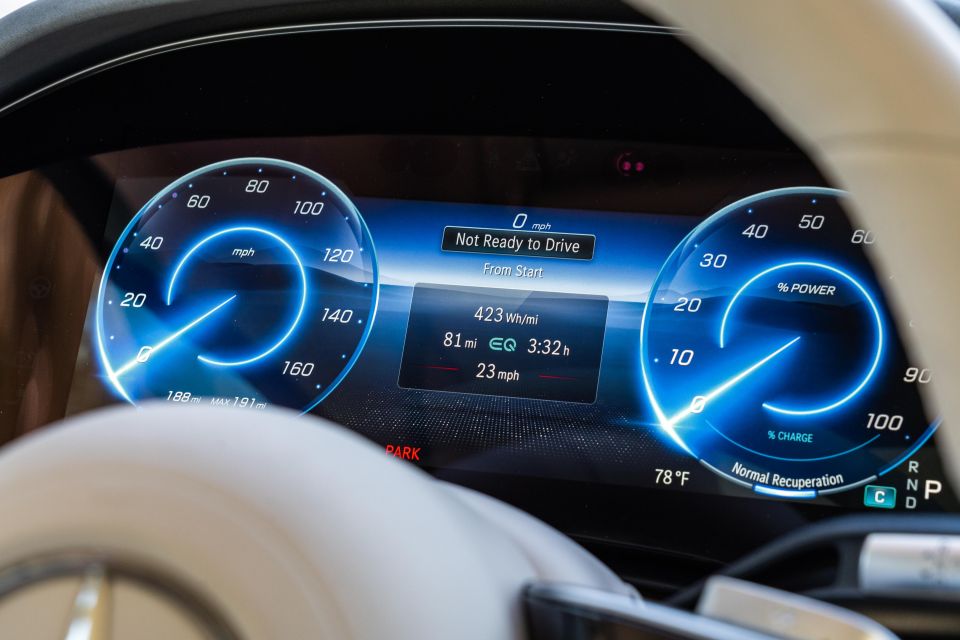
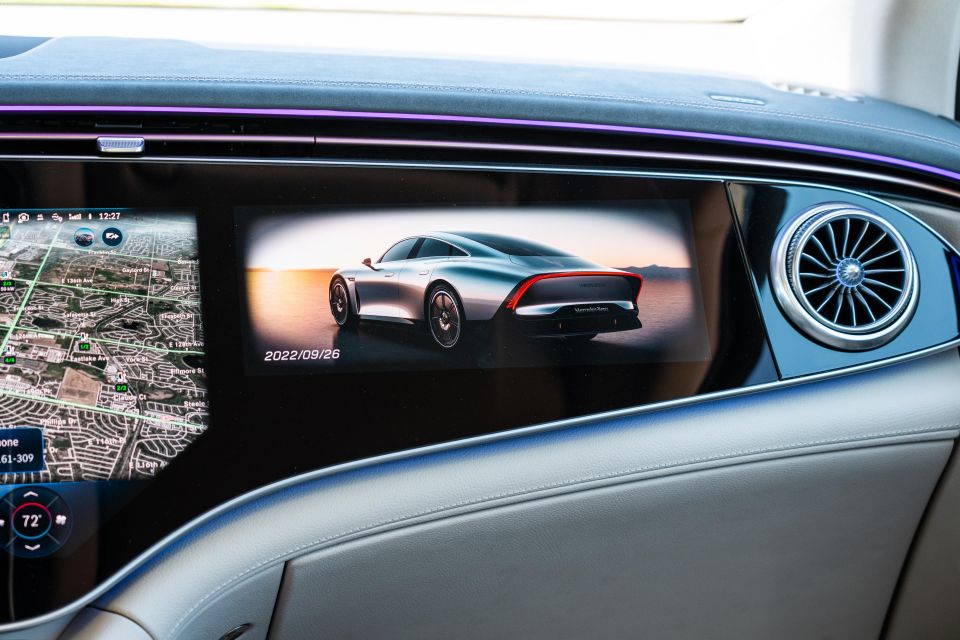
The screen coverage on the dashboard is enormous and it’s made to look like a single display, instead of individual displays lined up next to each other.
The hyperscreen consists of a large central 17.7-inch display and two 12.3-inch displays – one ahead of the driver and another ahead of the passenger. Both the central display and passenger display use OLED screens and feature haptic feedback and force feedback.
Both those functions help the user confirm the command they are attempting to enter. In addition, the MBUX firmware rolled out to the hyperscreen features ‘zero layer’ presentation, meaning that all of the critical controls and functions are on the main screen and don’t require secondary menu actions.
While the screen array looks impressive, it actually operates pretty intuitively too. I found that everything I needed to adjust was on the screen ahead of me and other functions were logically placed in menus layered beneath the main display.
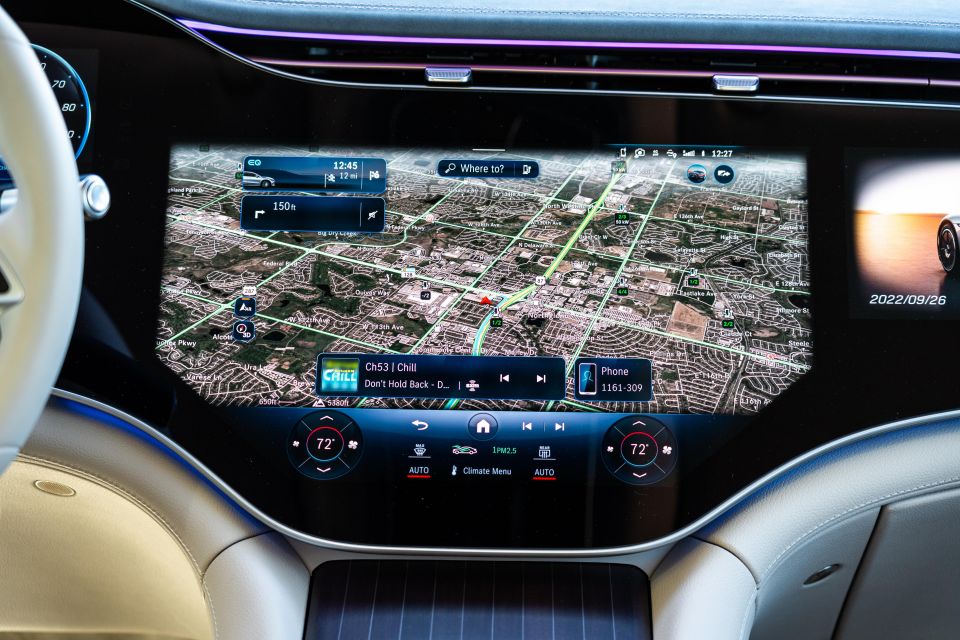
In addition to AM, FM and DAB+ radio, there’s online radio streaming and both wireless Apple CarPlay and Android Auto.
These both offer the biggest smartphone mirroring application we’ve seen on a car to date. Both CarPlay and Android Auto take up the entire display, giving you the ultimate smartphone (or tablet) experience.
To put the hyperscreen’s performance into perspective, behind the scenes it uses a computer with 24GB of RAM, it has eight CPU cores and processes over 46GB/s of memory, it’s an absolute workhorse in terms of the power behind it.
The sound system is also pretty impressive, it’s a Burmester branded sound system with 15 speakers and Dolby Atmos surround sound. It offers plenty of punch and is (literally) music to your ears when you crank it up.
There’s no denying the EQS SUV will be pricey, but I feel almost regardless of the cost, the presentation of the interior makes it feel on point.
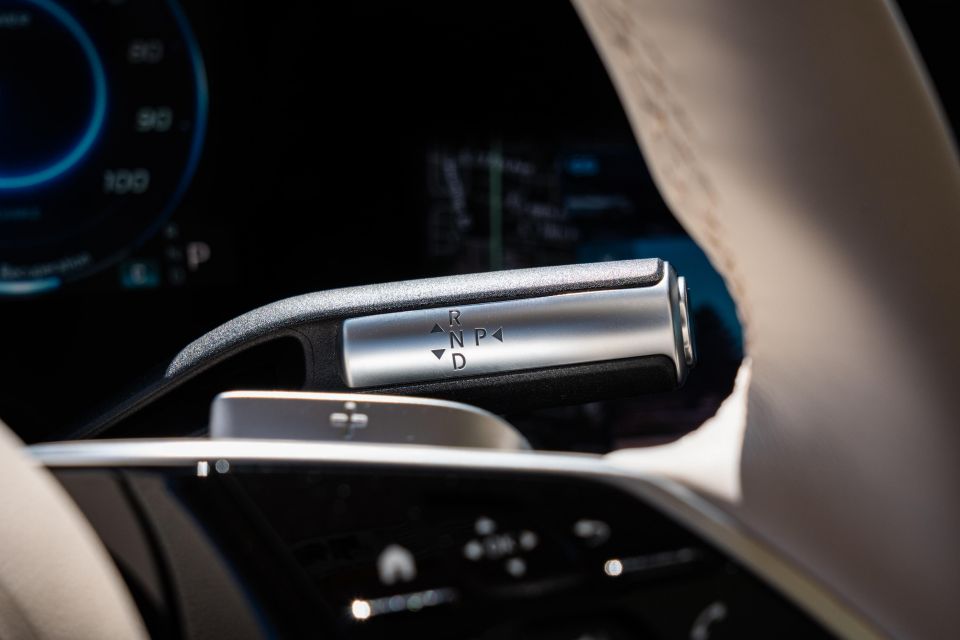
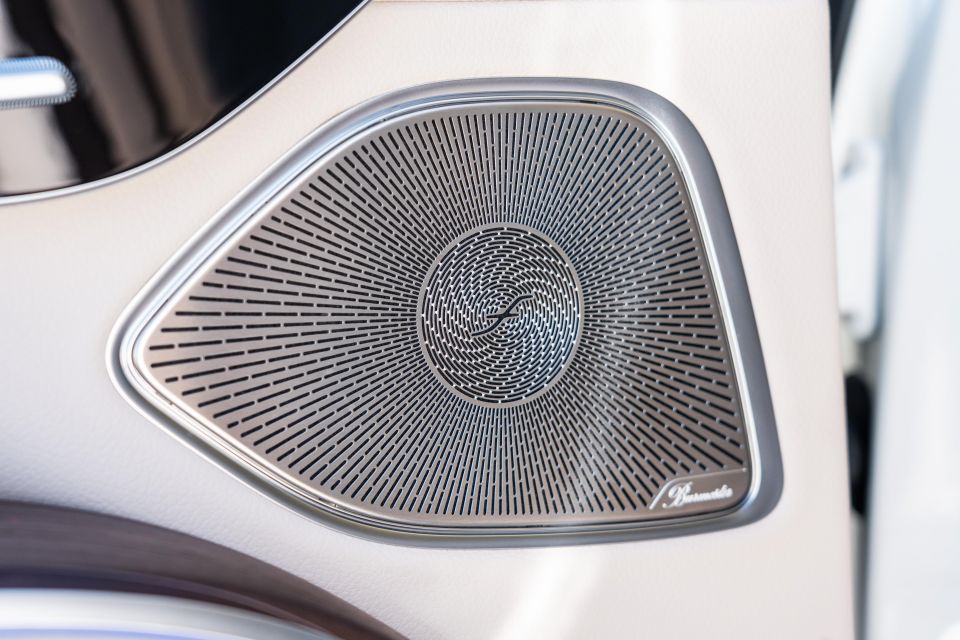
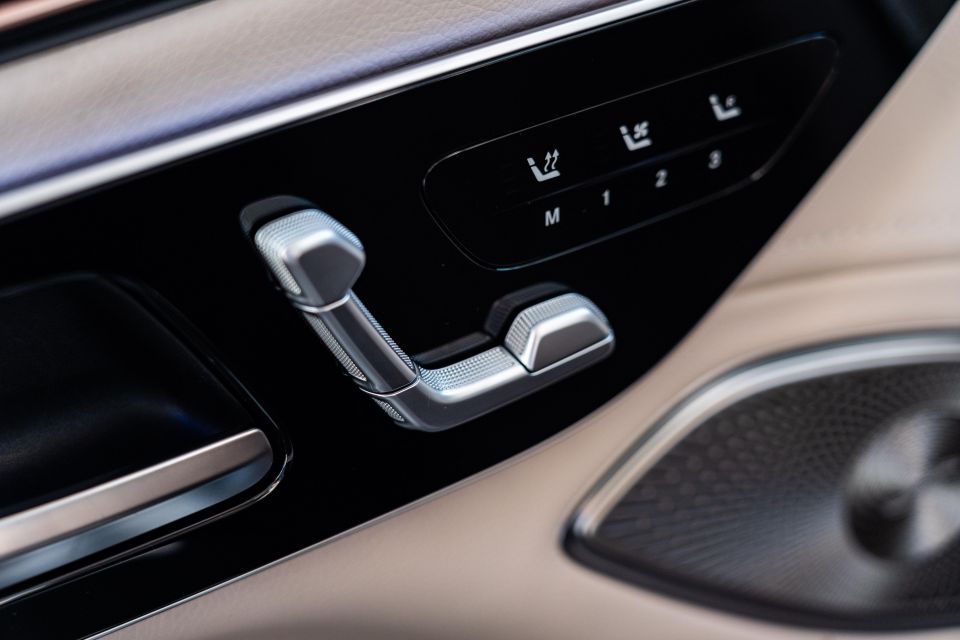

The fit and finish is excellent and the array of high quality materials used throughout the cabin make this feel far more high-end than it ought to be.
It’s also worth calling out at this point how advanced navigation and head-up display systems have become. The head-up display in the EQS SUV projects the equivalent of a 77-inch display 10 metres ahead of the driver, it’s absolutely enormous.
It can be configured in a litany of different ways, but one of the coolest setups involves configuring the head-up display and hyperscreen display to offer navigation with an augmented reality (AR) overlay.
The hyperscreen screen shows video of the road ahead of the driver and then overlays dynamic arrows that show you where you need to go as part of route navigation.
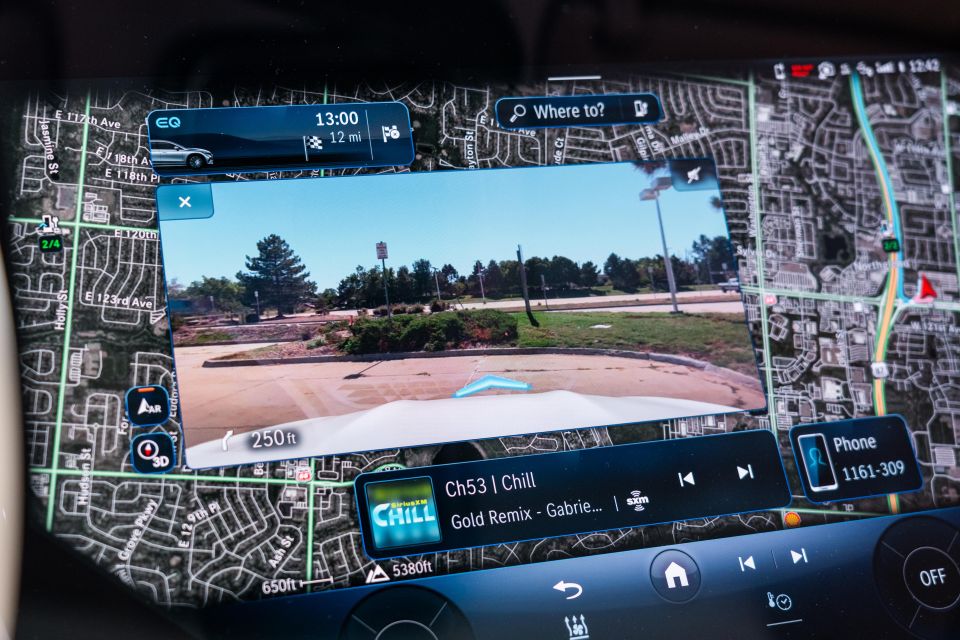
Over on the head-up display, it also displays the arrows but goes one step further by even recognising which lane the vehicle is in. That way it’s able to tell the driver whether they need to be one lane over to make an upcoming exit – it’s truly remarkable tech.
The Mercedes Me application has also been improved massively with added functionality and a host of new features, including the ability to send images to the vehicle to use on the hyperscreen display, apply over-the-air updates and control virtually every facet of the car’s charging routine.
The EQS SUV will be offered with a third row as well. I was able to climb into the third row but it’s pretty cramped for adults. Head room isn’t great and neither knee room. Kids and smaller teens should fit fine though.
We also didn’t see any top-tether points in the third row, which means you’ll be limited to loading smaller children with car seats into the second row.

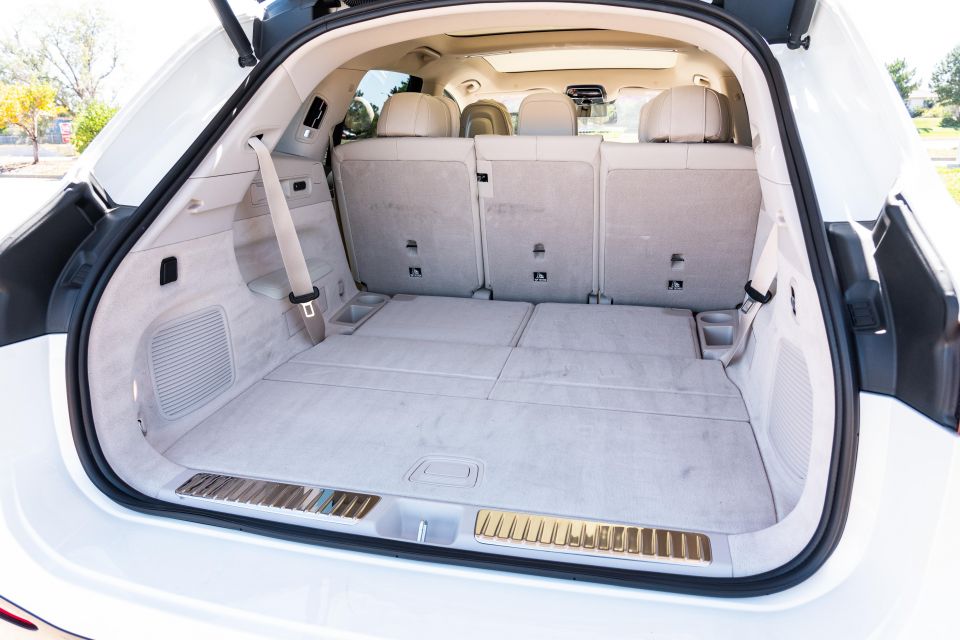

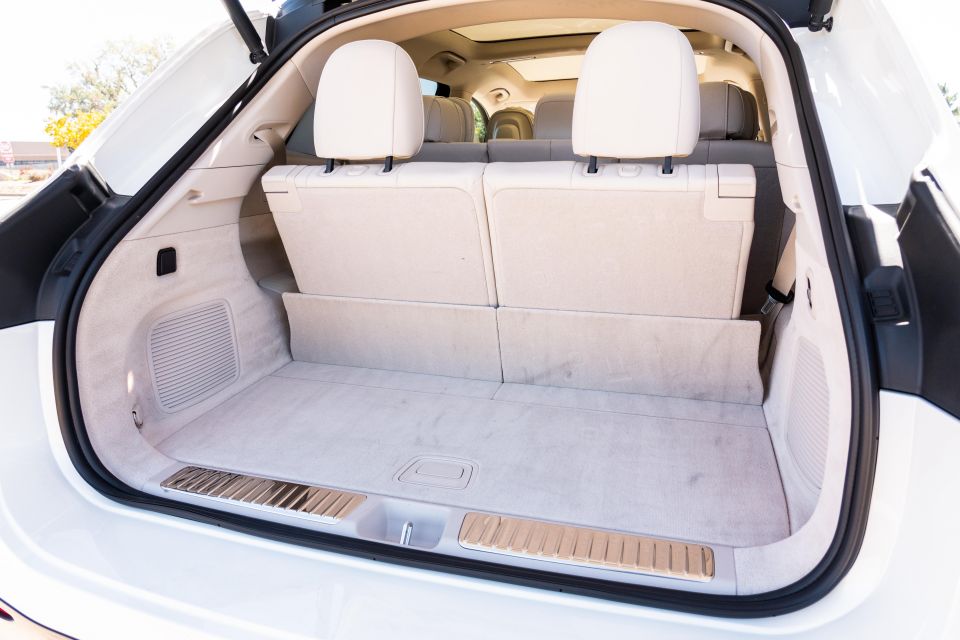
It was a little disappointing to not see an electronic lift mechanism for the third row of seats too. Because of the size of the vehicle you need to either reach in awkwardly from the boot or reach through the second row to lift the third row.
Although, the second row is electronically adjustable and also can move the first row of seats to allow easy access to the third row.
On cargo space, depending on the configuration, EQS SUV will offer 645 litres of storage behind the second row in five-seat configuration and up to 2100L with the second row folded.
In seven-seat configuration that space reduces to 565L behind the second row and 2020L when the second row is folded.
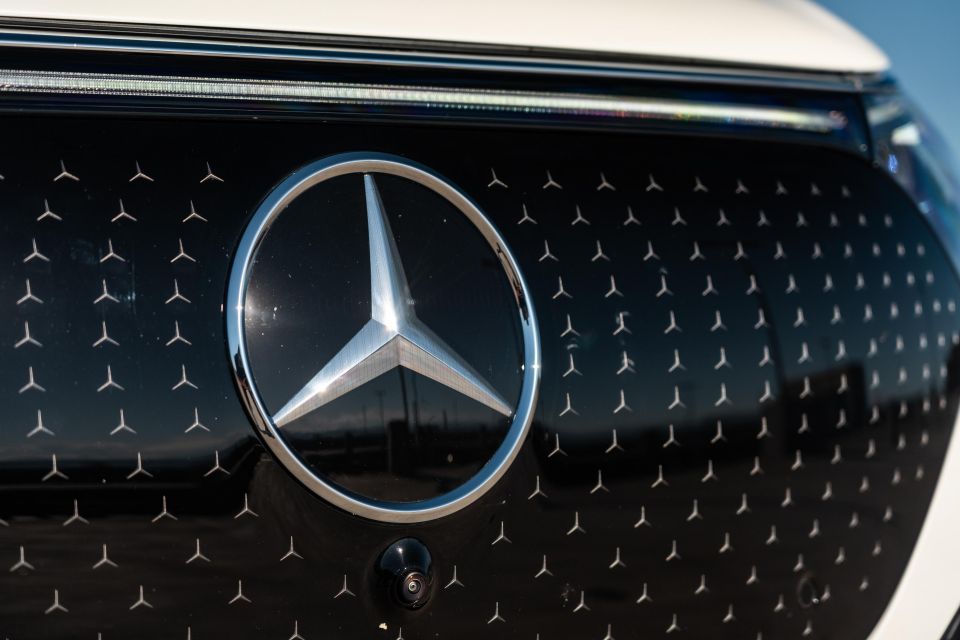
Mercedes-Benz is still confirming the model line up for Australia, but at this stage it’s expected to include the EQS 450 4Matic and EQS 500 4MATIC at launch.
The EQS 580 4MATIC could make the line up, but if it doesn’t there’s a chance the upcoming Maybach EQS could take its place. There’s an entry-level EQS 450+ rear-wheel drive variant TOO, but it’s unlikely we’ll get that one.
In saying that, it’s worth running through the range regardless to give you an idea of the line up.
Like the EQS liftback, the entire EQS SUV range features a 107.8kWh lithium-ion battery pack.
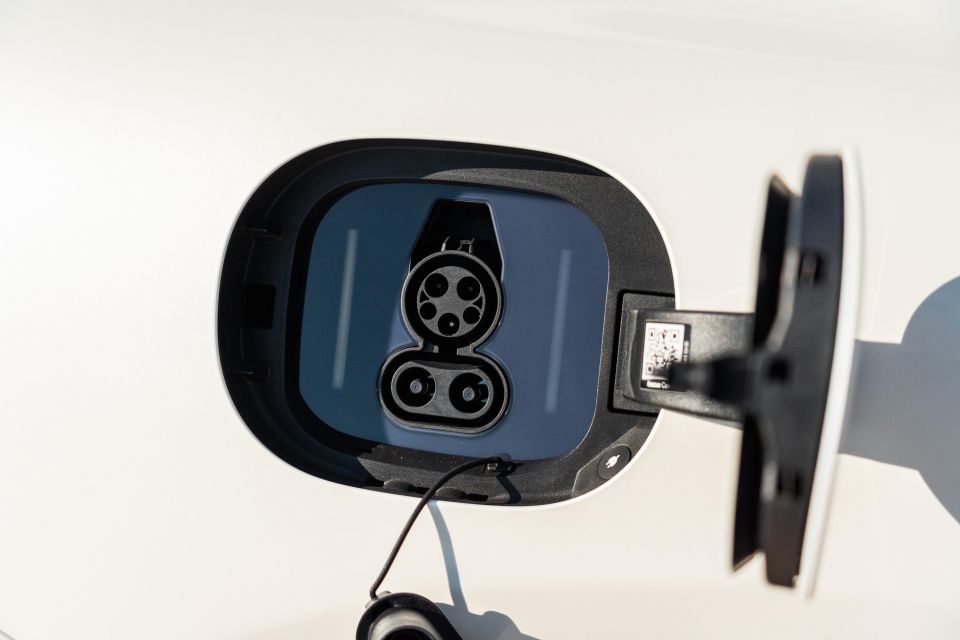
Although the SUV range has the same size battery as the EQS liftback, the claimed range for the EQS SUV is lower across the board with a maximum of 660km range on the tougher WLTP test cycle, instead of up to 784km.
The EQS SUV range kicks off with the rear-wheel drive EQS 450+, powered by a single electric motor producing 265kW of power and 568Nm of torque. The mid-range EQS 450 4Matic has a dual-motor all-wheel drive set-up with system outputs of 265kW and 800Nm.
The range-topping EQS 580 4Matic also has a dual-motor all-wheel drive set-up with system outputs of 400kW and 858Nm.
All models are capable of accepting up to 200kW of power from an ultra-rapid DC charging station, and the entry-level EQS 450+ is capable of adding 250km of range in 15 minutes. An 11kW onboard AC charger is standard across the range, and a 22kW unit is optional.
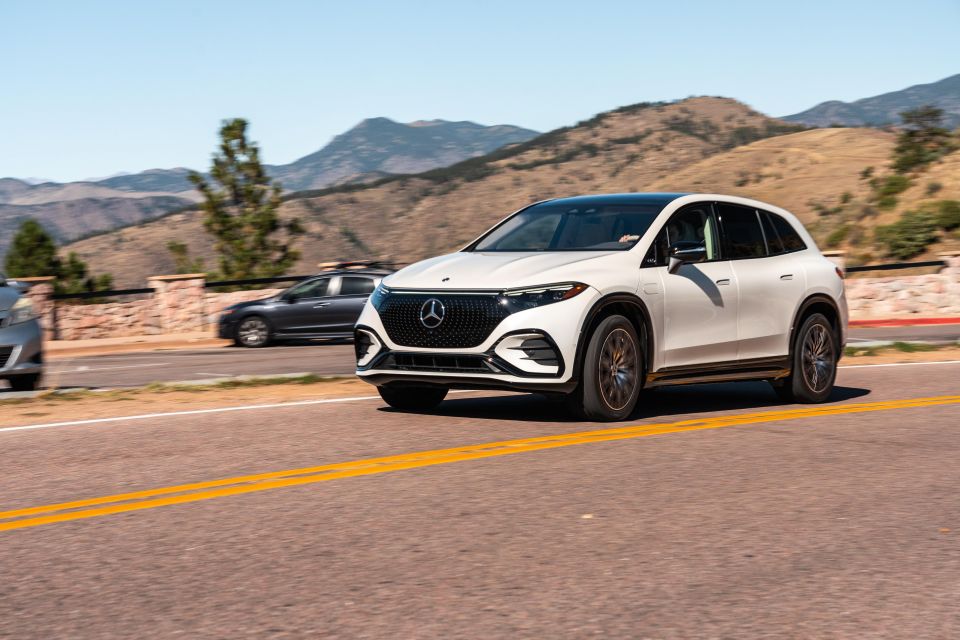
Every time a motoring writer reviews an EV they talk about how quiet it is. It’s a given – there’s no internal combustion noise so it has to be quiet.
But, the EQS SUV is on another level of quietness. There is barely a whisper heard inside the cabin at all speeds. Mercedes-Benz has done an incredible job of insulating the cabin from road noise.
At low speeds you’ll notice the four-wheel steering in action. It can offer up to 10 degrees of wheel movement, which reduces the turning circle from 11.9m to 11m. It’s incredible that it can literally do a U-turn in a tight city street without having to stop for a three-point turn.
This tech also helps benefit the vehicle when it comes to handling. Where the rear wheels turn in the opposite direction to the front wheels at low speeds, at high speeds they turn with the front wheels to help improve handling.
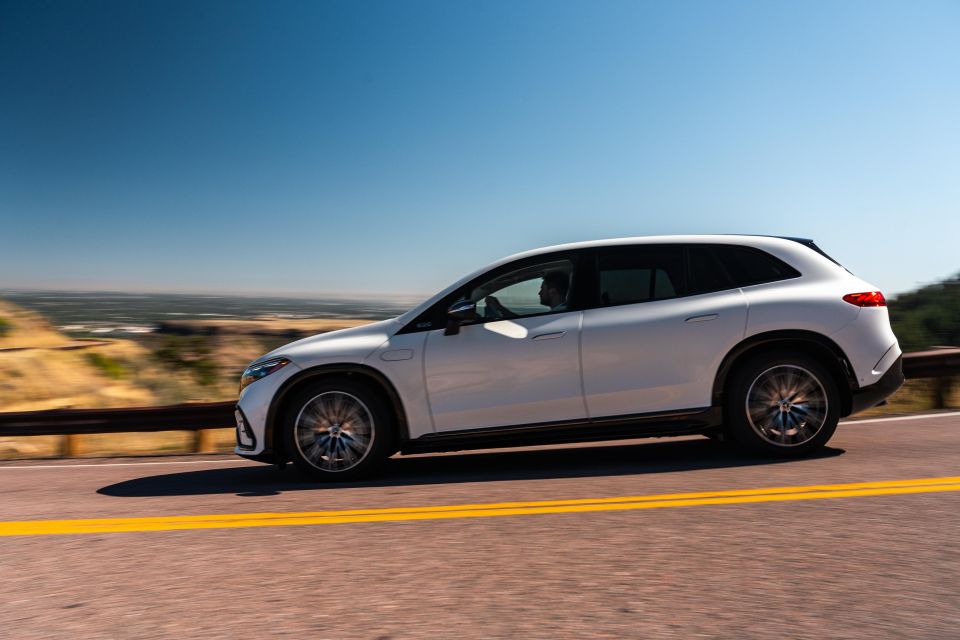
Behind the wheel the EQS SUV feels big, but not enormous. It doesn’t feel as lanky as a GLS, but it still feels spacious inside the cabin.
We drove the EQS 450+ 4MATIC, which is one of the variants we’ll be getting in Australia. It uses a twin-motor arrangement (one on each axle) that generates 265kW of power and 800Nm of torque. It’s punchy in practice and if you need to get moving in traffic it’s always eager to propel itself forward and make things happen.
There are four regeneration modes available for energy recuperation. There’s strong, normal, off and auto. Strong is the most aggressive setting, which then tapers down to normal and then the off setting features no regeneration at all.
We found strong was the place to be – it was enough to slow the car down quickly enough in most instances, but it wouldn’t bring the car to a complete stop, the driver would need to take over at lower speeds.

Auto is designed to use GPS topography and vehicles in front of the EQS SUV (detected via radar) to slow itself down as required. So if you were to approach a traffic light with other vehicles stopped, it would slow down and come to a complete stop and hold the vehicle.
We tried this a few times and just like the auto mode in the Audi e-tron, it wasn’t very confidence inspiring and we ended up switching it off. It also doesn’t consider situations like stopping at a traffic light with no other cars around, you would then need to take over yourself anyway, so it seems like a bit of a redundant feature.
Another thing we weren’t a fan of, especially when we found ourselves on a twisty mountain pass, was the actuation of the brake pedal during regeneration. In Sport mode and regeneration set to strong, we’d find situations where we would approach a corner and go to brake, but the brake pedal would be moving on its own to begin regeneration.
Then when you went for the brake pedal, it would be very firm and needed a proper stab to pull the vehicle up. I think this probably needs a bit of work and could potentially be fixed with a software update.
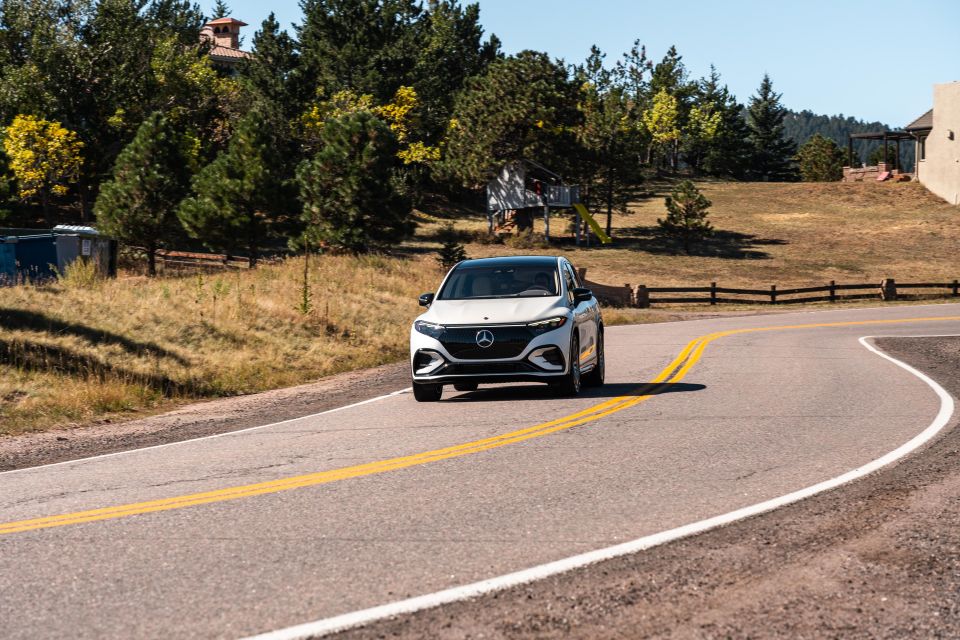
On the handling front, Sport mode lowers the ride, increases damper firmness and tenses up steering feel. There’s no escaping the size of the EQS SUV – tipping the scales at over 2500kg, it’s a big bus.
But it’s surprisingly agile, especially on faster sweeping corners. You can lean into the throttle and it punches you back into the seat as speed increases.
Visibility out of the cabin is great. The wing mirrors could be a little larger, but for the most part it’s easy to see out of and the litany of parking sensors and cameras make it easy to place in the city.
The ride is incredibly good, thanks to standard air suspension and adaptive damping.
Comfort mode offers Rolls-Royce-esque levels of ride comfort. It wafts along beautifully and feels like the epitome of a luxury SUV. We’re keen to give it a shot in Australia where the roads are considerably worse and varied compared to our test route around Denver and the Rocky Mountains.
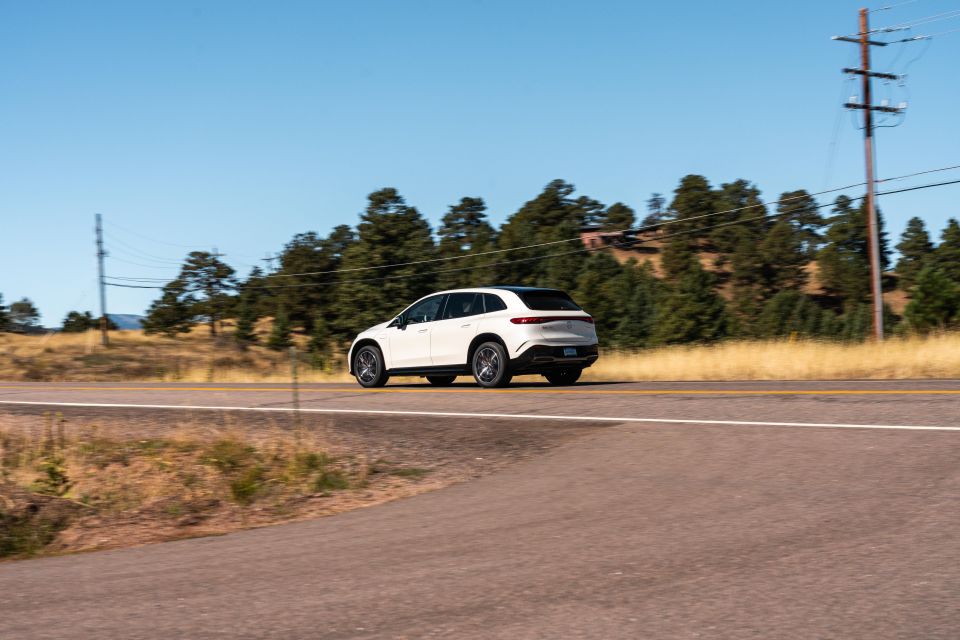
Where expert car reviews meet expert car buying – CarExpert gives you trusted advice, personalised service and real savings on your next new car.
I hear you asking – what about AMG models? Mercedes-Benz has said it’s not planning an AMG version of the EQS SUV.
There are AMG versions likely to be offered in the smaller EQE SUV that Mercedes-Benz has teased, but even then they’re unlikely to be ‘full-blown’ AMG 63 models, which Mercedes-Benz says come with a promise of track ability. These are likely to be held off until the next generation of this EV platform.
On the efficiency front, we were averaging around 400Wh/mile, which converts to around 25kWh/100km. Despite its size, it’s surprisingly efficient.
That’s partly thanks to aerodynamic efficiencies, which Mercedes-Benz has obsessed over. The EQS sedan has the world record for the lowest coefficient of drag on a current production car of 0.2cd, and the EQS SUV quotes a CoD of 0.26cd.
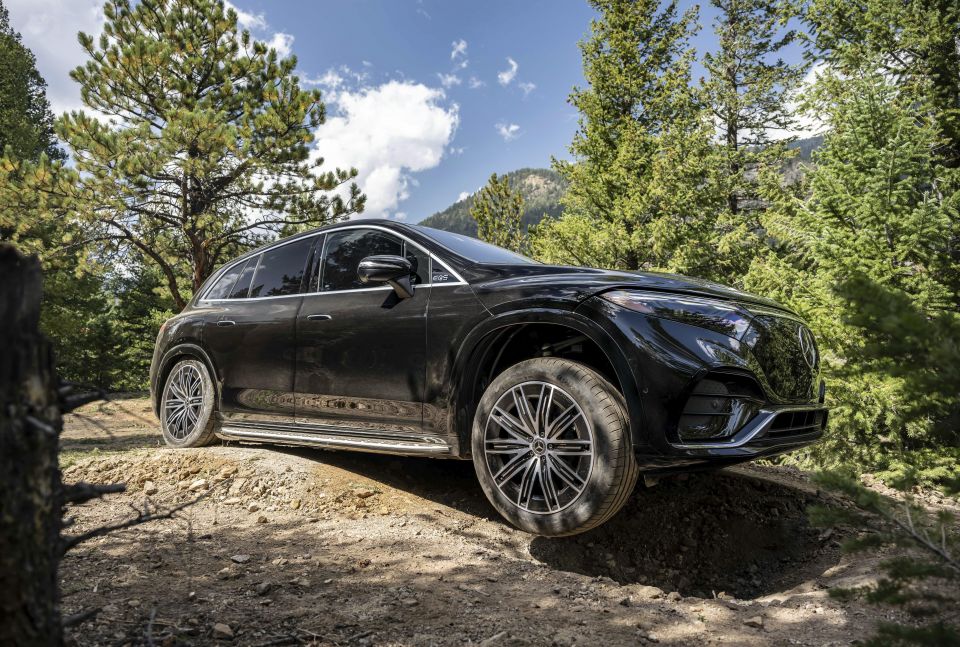
Normally you wouldn’t bother taking a vehicle like this off-road, but Mercedes-Benz was pretty adamant it was built for light off-roading.
The company set up an off-road course for us that included a number of steep climbs, an offset mogul, tight turns and a steep descent.
I’ve been saying this for a while, but this was case in point. Electric vehicles will change the landscape when it comes to off-road driving. Instant torque and torque vectoring will make EVs crazy capable off-road.
Benz fitted a set of all-terrain tyres to the vehicles due to the standard tyres copping punctures on sharp rocks on the off-road course, but outside of that the vehicle was simply put into off-road mode and we hit the course.
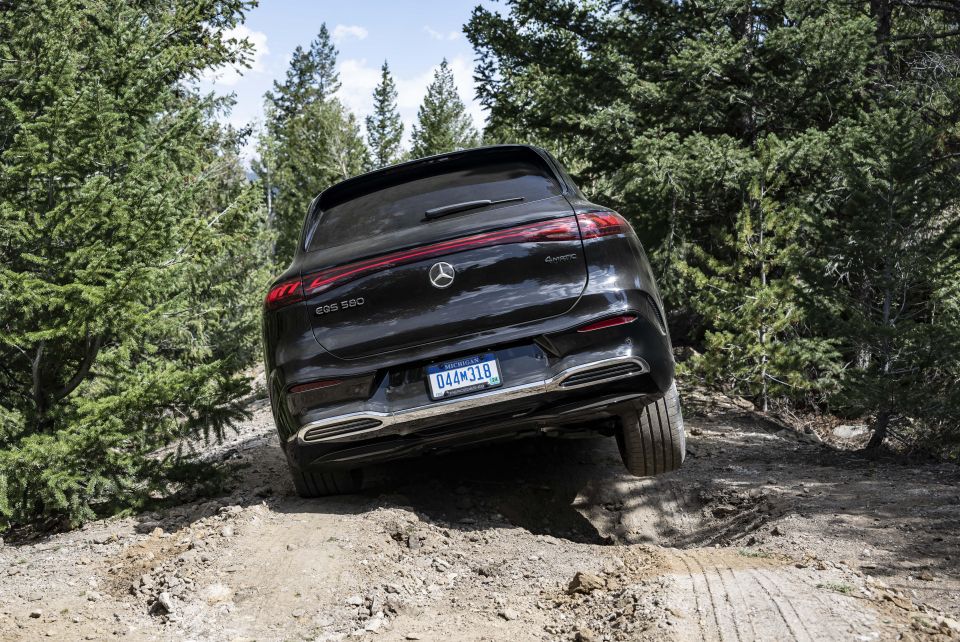
Off-road mode increases ride height by up to 30mm (depending on the market) and relaxes stability control to assist with manoeuvring on loose surfaces.
Surprisingly the other big bonus was the rear-wheel steering setup for tight turns. You could tuck the car into places that would require a three point turn with any other car (especially if the differential was locked) without any fuss. It also performed well on the offset mogul by shuffling torque to the wheel that had traction.
There are obviously wheel articulation limits, even with the air suspension. But, if you look at the course we did, it would be at the extreme end of what an owner would ever want to do with the EQS SUV.
For the average person who wants to duck down to a camping site with the kids, this would well and truly cope with most things owners could throw at it.
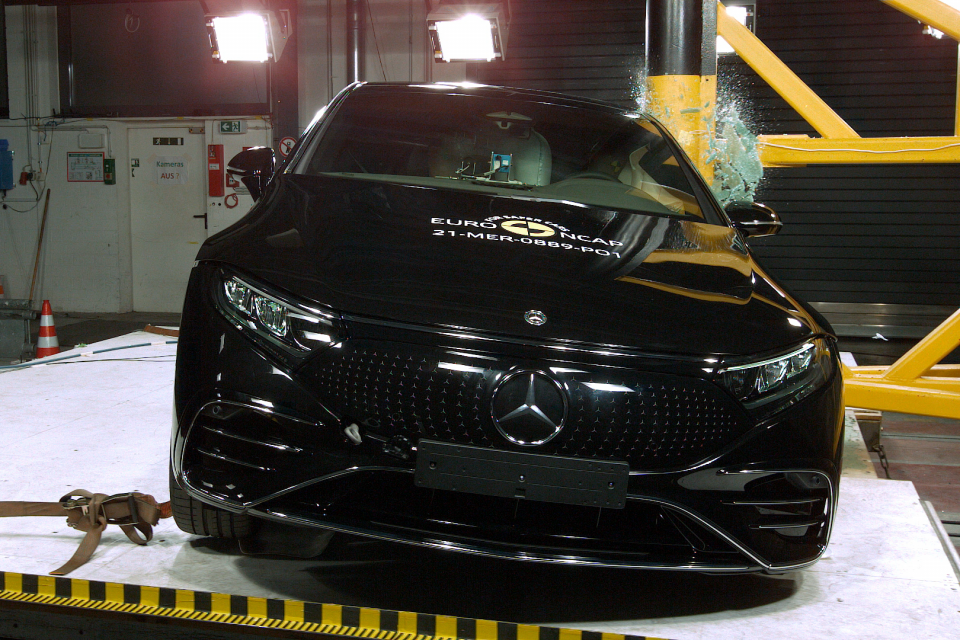
While the EQS SUV hasn’t been crash tested, the sedan that it’s based on has and it scored a five-star Euro NCAP rating. The Mercedes-Benz EQS has a five-star Euro NCAP safety rating based on testing carried out in 2021.
It scored 96 per cent for adult occupant protection, 91 per cent for child occupant protection, 76 per cent for pedestrian protection, and 80 per cent for safety assist.
Standard safety features include:
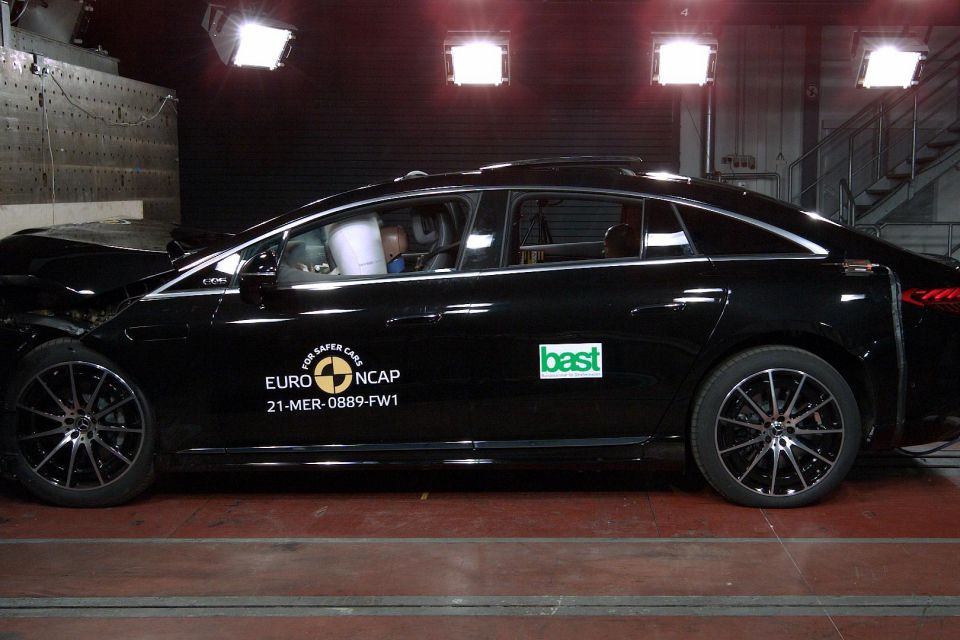
In other words, the big Benz steers itself through highway corners and matches the speeds of the vehicle ahead. For context, Mercedes is also rolling out Drive Pilot Level 3 autonomous tech in Europe, using the EQS as its first model to offer the technology, so it’s capable of more.
Even more impressive are the lengths Mercedes-Benz went to with regards to battery protection. Through an extruded aluminium process, the automaker created a strong underbody housing around the battery pack described as a “crash protected area in the underbody, embedded in the body shell” with energy absorbing structures fully encasing the battery pack.
The company also tested the battery’s durability during both heavy shock loads and in the case of a foreign object penetrating the casing.
Extreme temperature and overcharging conditions were also tested, and software monitoring ensures the battery switches off if temperature, voltage or insulation faults occur. The system can even detect an impact when the EQS 53 is stationary and charging (i.e. another car hits it).
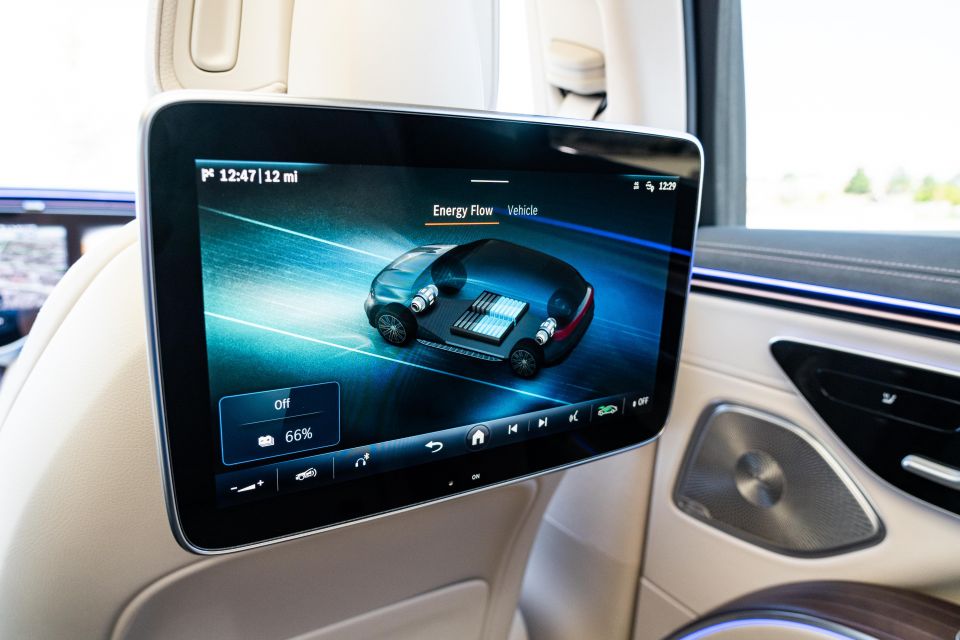
Servicing costs are yet to be confirmed, but the EQS SUV will be covered by a five-year, unlimited kilometre warranty.
The battery pack will come with a 10 year, 250,000km warranty that guarantees 70 per cent of capacity at the end of the 10 years.
Service intervals are every 12 months or 25,000km – whichever comes first.
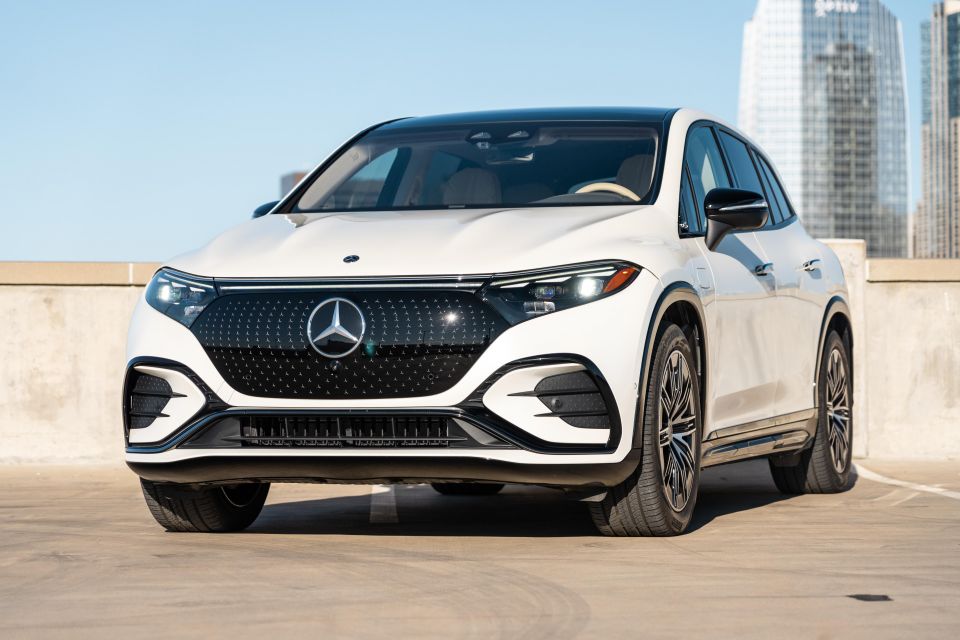
It feels like the luxury German brands are doing what Tesla did early on in EV development.
They’re rolling out large luxury vehicles to showcase technology, while simultaneously working on economies of scale to make more affordable vehicles available to the masses.
The EQS SUV is what I would expect an expensive luxury SUV to feel like. The fact that it’s an EV almost doesn’t even enter into the equation – what I mean by that is that the company has integrated EV components into this chassis so seamlessly that you’d never know or need to know it was an EV.
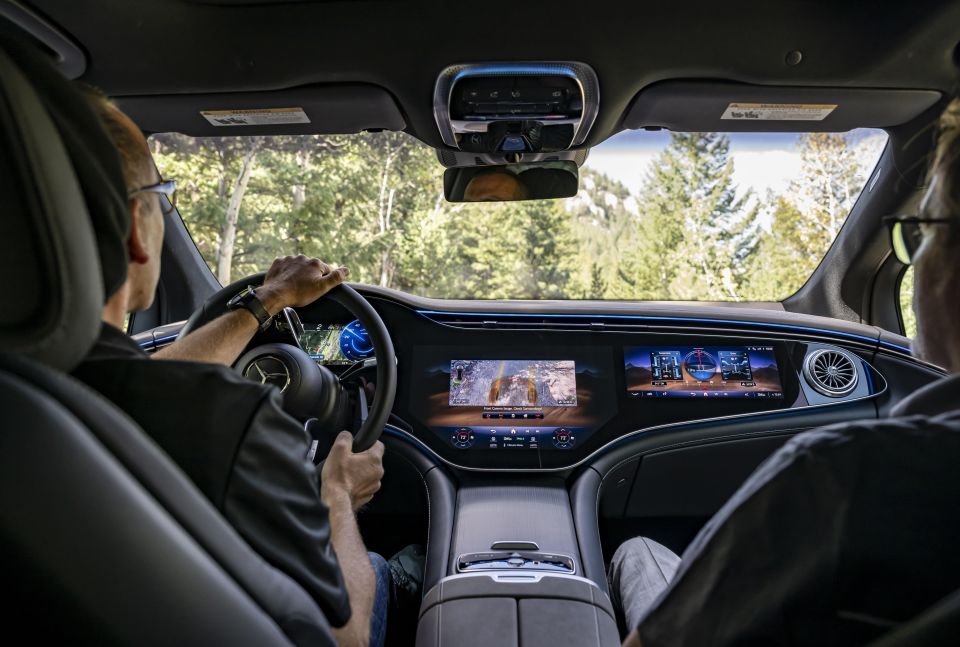
That excites me because it means as Mercedes-Benz works on more affordable EVs for the masses, it will take the luxury feel and technology they have developed with the EQS and channel that into higher-volume models.
This is the ultimate electric luxury SUV. It offers impressive driving range, great performance and luxury that feels unmatched in the segment, the fact it’s an EV is simply a bonus.
I’m looking forward to seeing these on the road and also look forward to seeing how the components from the EQS filter down to consumer models.
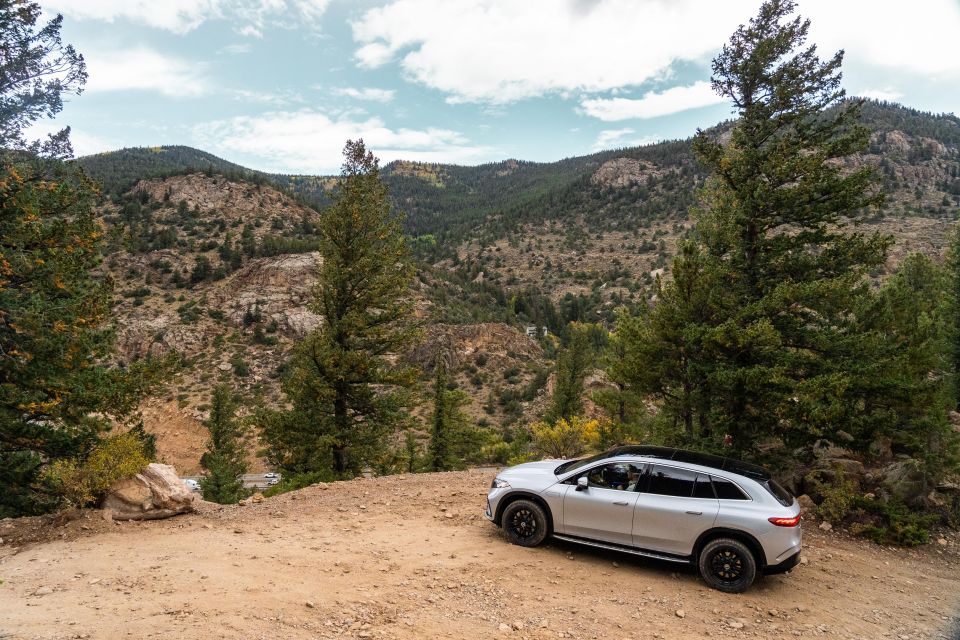
Click the images for the full gallery
Where expert car reviews meet expert car buying – CarExpert gives you trusted advice, personalised service and real savings on your next new car.
Paul Maric is an Australian car expert based in Melbourne, Australia. Paul is a founder of CarExpert.com.au & formerly part of the CarAdvice founding team.


Matt Campbell
5 Days Ago
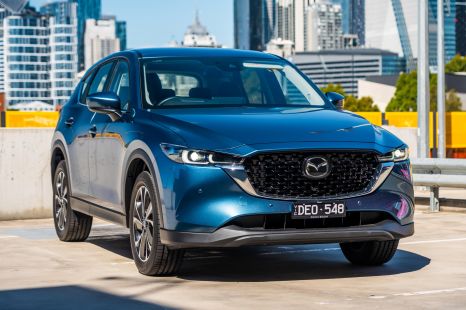

James Wong
4 Days Ago
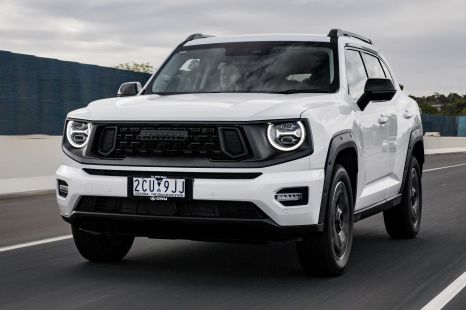

Max Davies
3 Days Ago
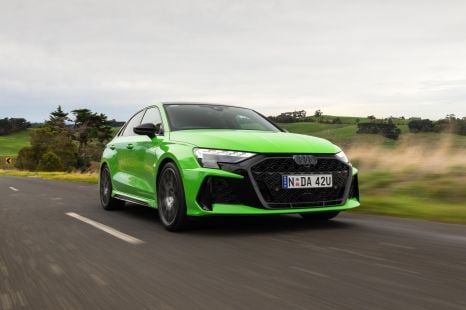

Josh Nevett
2 Days Ago


Josh Nevett
1 Day Ago
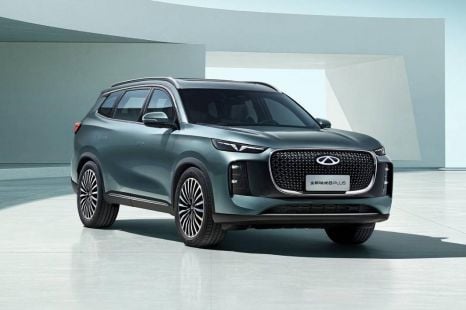

William Stopford
16 Hours Ago